Rhinoplasty
Commonly known as a "nose job" or "nose reshaping," is a surgical procedure designed to enhance facial harmony.
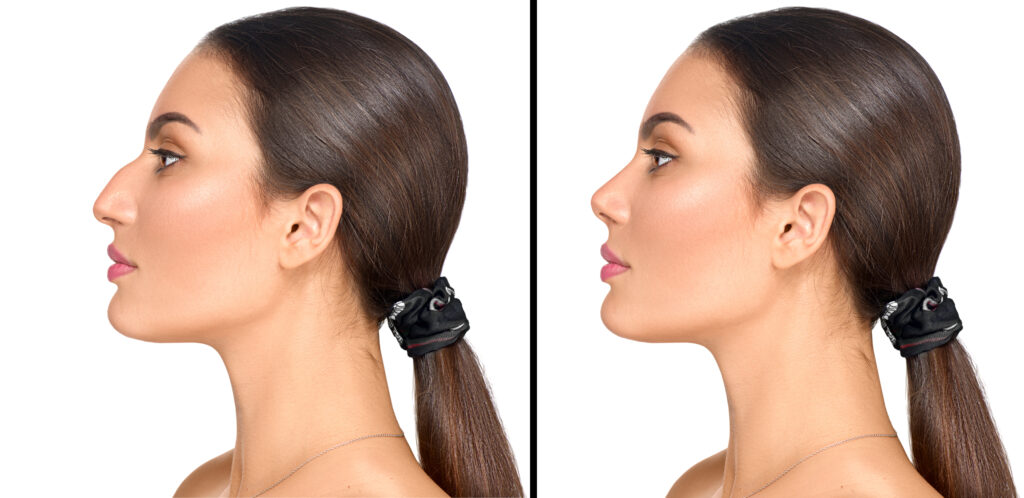
About Rhinoplasty
Rhinoplasty, often called a “nose job” or “nose reshaping,” is a surgery that improves facial balance and corrects structural issues that may affect breathing.
Types of Rhinoplasty:
•Tip Rhinoplasty: This focuses on reshaping the tip of the nose. It can narrow a wide or bulbous tip or refine a pinched or uneven tip for a more natural look.
•Dorsum Rhinoplasty: This changes the bridge of the nose. It removes a hump or adjusts the width by sculpting bone and cartilage. Surgeons may also use cartilage grafts for support.
•Revision Rhinoplasty: This corrects problems or unsatisfactory results from previous surgeries. It often involves using cartilage grafts to improve both function and appearance.
•Combined Functional and Cosmetic Rhinoplasty: This addresses breathing issues and cosmetic goals at the same time. It corrects nasal structure while enhancing appearance, reducing the need for separate surgeries and recovery periods.
Rhinoplasty can significantly improve facial balance and aesthetics while addressing functional issues such as a deviated septum, enhancing appearance, and nasal airflow.
- Enhances facial harmony and proportions.
- Corrects structural defects to improve breathing.
- Customizable to address specific concerns like size, shape, and symmetry.
- Multiple types of procedures (tip, dorsum, revision, combined functional and cosmetic) tailored to individual needs.
- Recovery can be lengthy, with swelling and bruising lasting several weeks.
- Achieving perfect symmetry may not always be possible due to inherent facial asymmetry.
- Revision surgeries can be complex and may require cartilage grafts from other parts of the body.
Rhinoplasty is usually done as an outpatient procedure, so patients can go home the same day.
A trusted friend or family member should take the patient home and stay with them overnight.
Doctors use either general anesthesia, which puts the patient to sleep, or local anesthesia with IV sedation, which helps the patient relax while staying awake.
The surgery takes place in a hospital or outpatient center.
During the procedure, the surgeon makes an incision inside the nostrils (closed rhinoplasty) or across the base of the nose (open rhinoplasty).
Next, the surgeon lifts the skin to access the bone and cartilage. They then reshape or correct the structure, such as fixing a deviated septum.
After that, the skin is placed back and secured with small stitches.
The surgery usually lasts between one and three hours.
Patients will receive prescriptions for pain medication, antibiotics, and wound care instructions. Initial swelling and bruising are expected, particularly around the eyes. Keeping the head elevated and applying ice packs can help reduce swelling. Physical activity should be limited to gentle movements, avoiding strenuous activities, and heavy lifting.
Rhinoplasty can significantly improve nasal appearance and function, though final results may take up to a year to fully manifest. The procedure aims to create a balanced, harmonious look while improving nasal airflow.
Rhinoplasty is generally safe when performed by a qualified surgeon. Risks include infection, bleeding, and adverse reactions to anesthesia. Revision surgeries may carry additional risks due to scar tissue and previous alterations to the nasal structure.
The cost of rhinoplasty varies widely based on factors such as the surgeon’s experience, location, and the complexity of the procedure. It typically ranges from $5,000 to $15,000. Insurance may cover procedures to correct breathing issues, but cosmetic enhancements are usually not covered.
Before / After Gallery
View Rhinoplasty's Work


Related Procedures
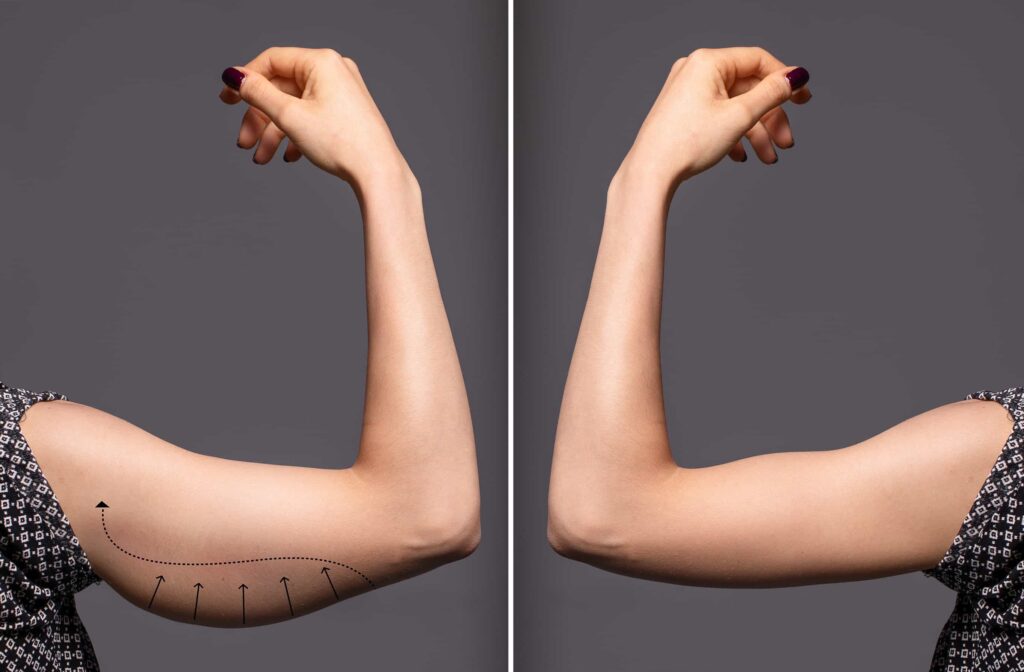
Arm Lift
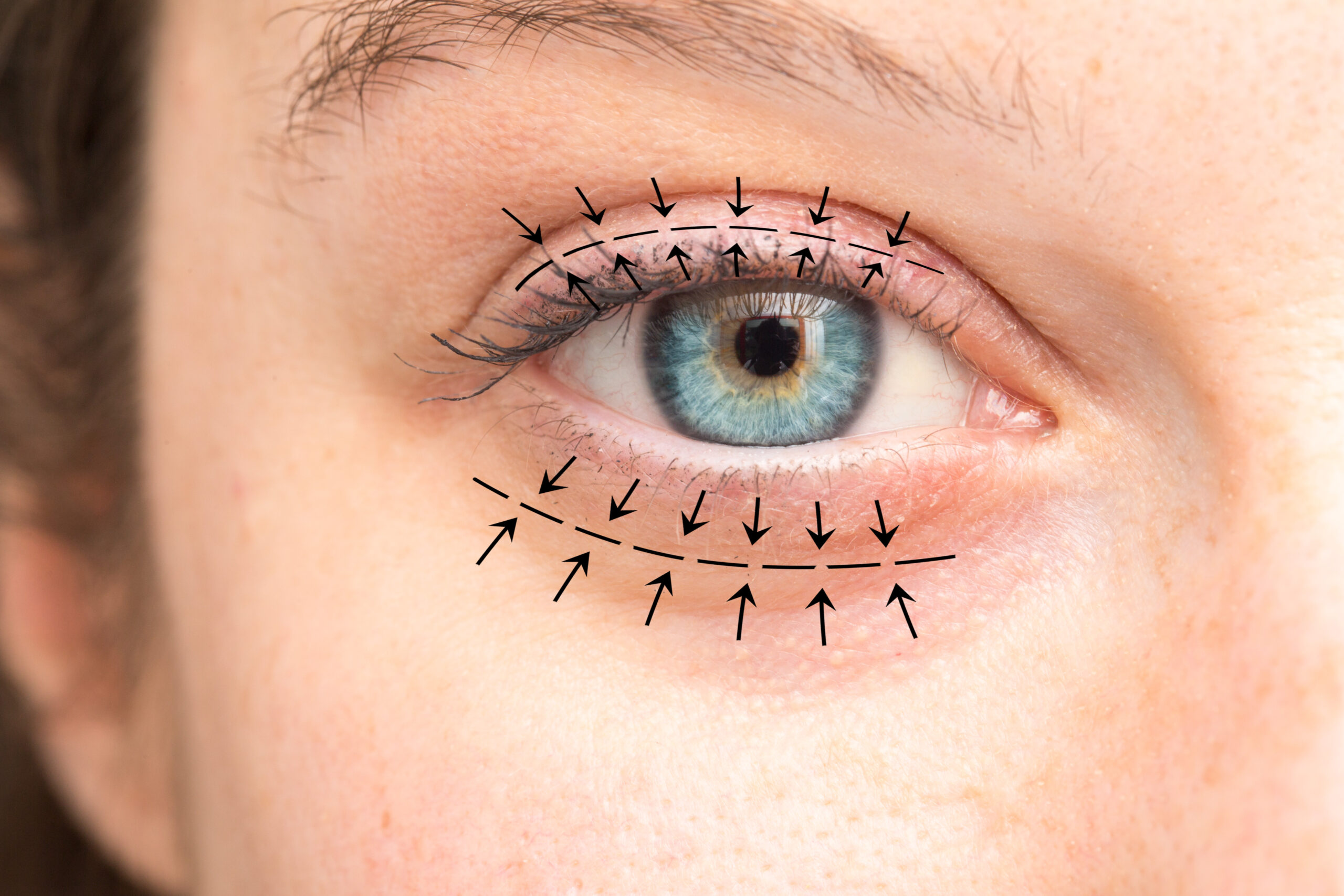
Blepharoplasty
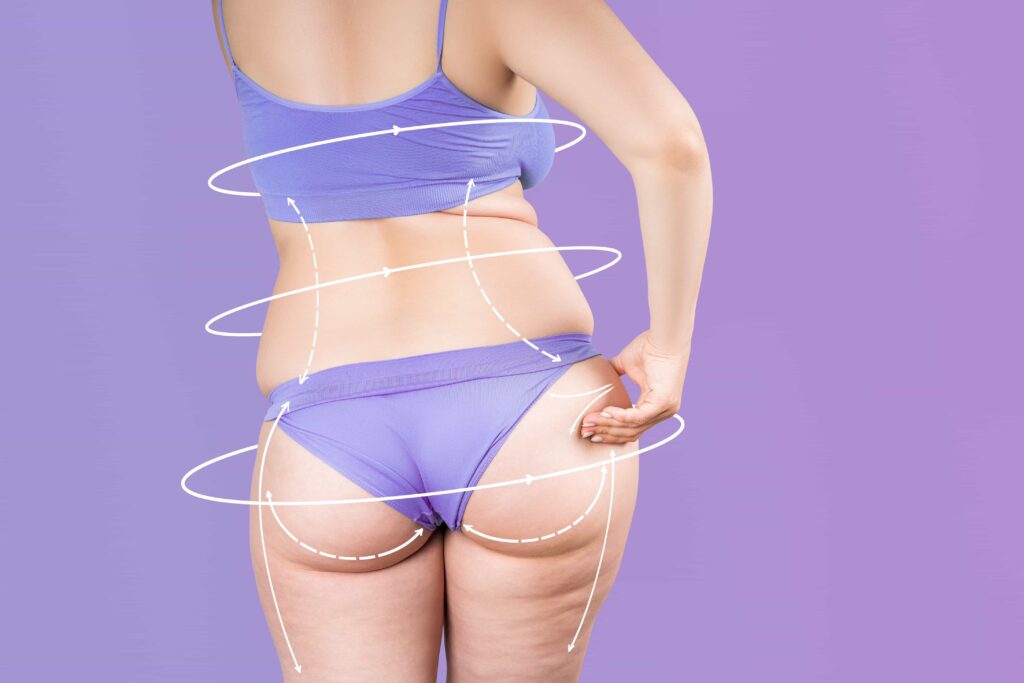
Body Contouring Surgery

Brazilian Butt Lift
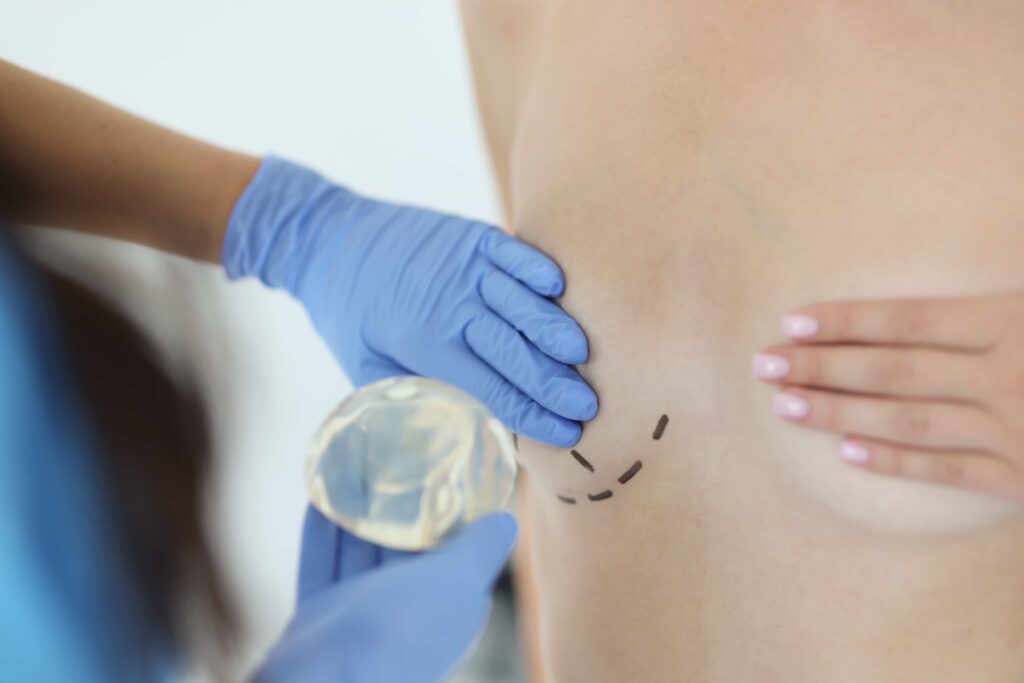
Breast Augmentation
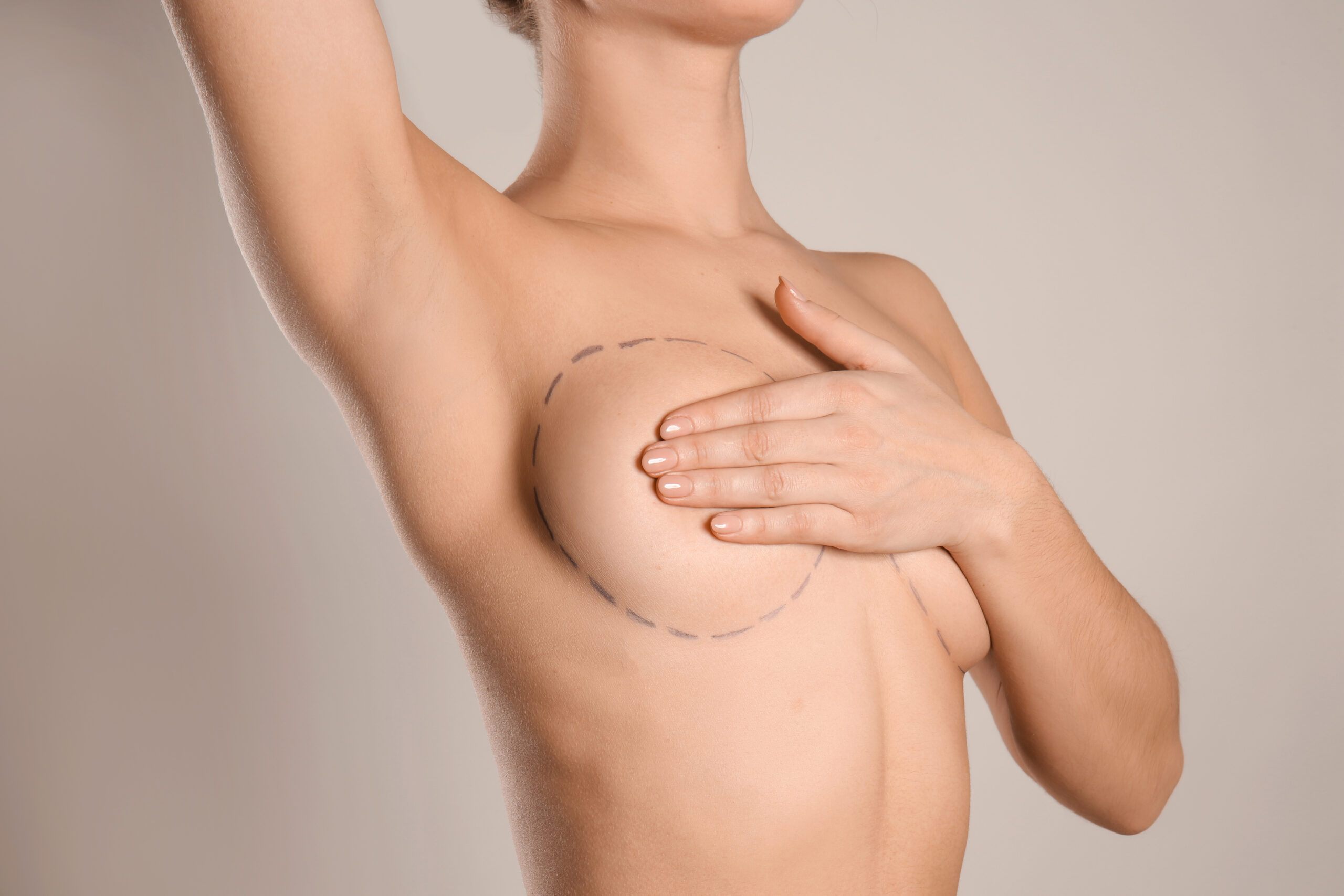
Breast Implant Removal
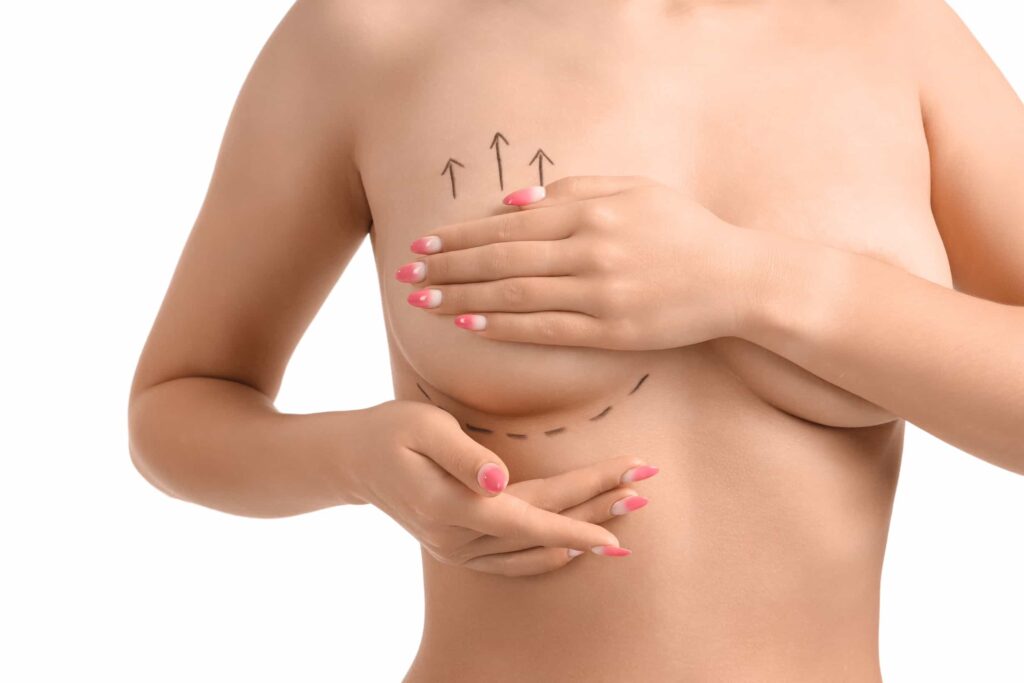
Breast Lift

Breast Lift with Implants
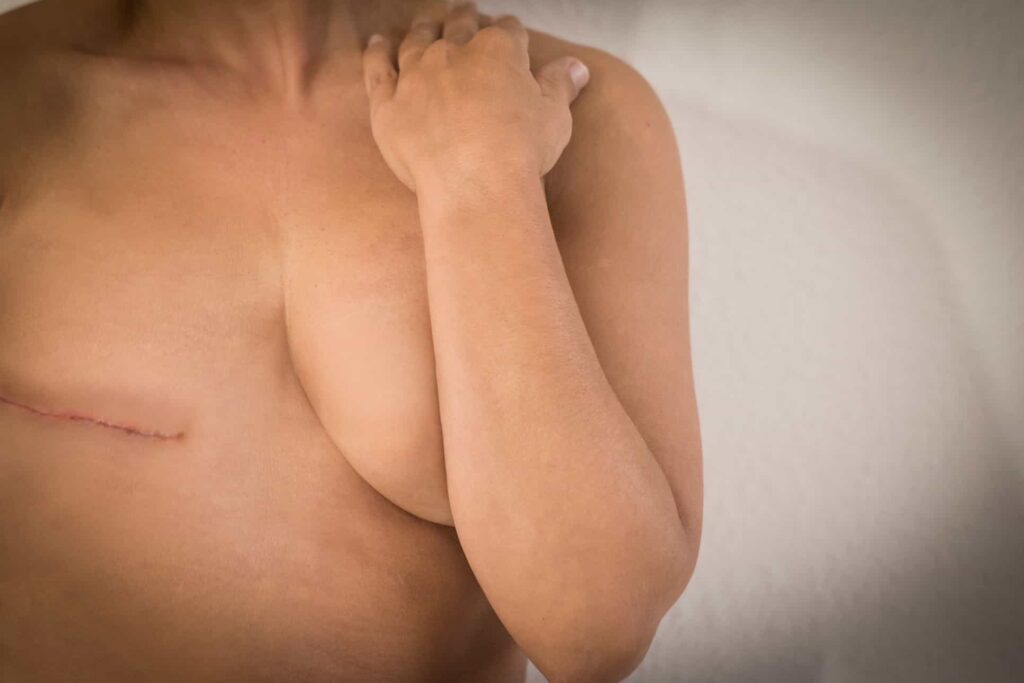
Breast reconstruction

